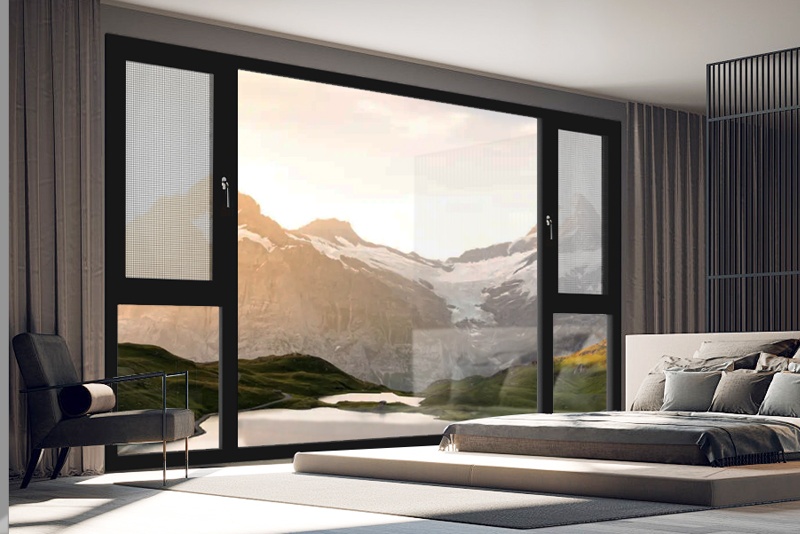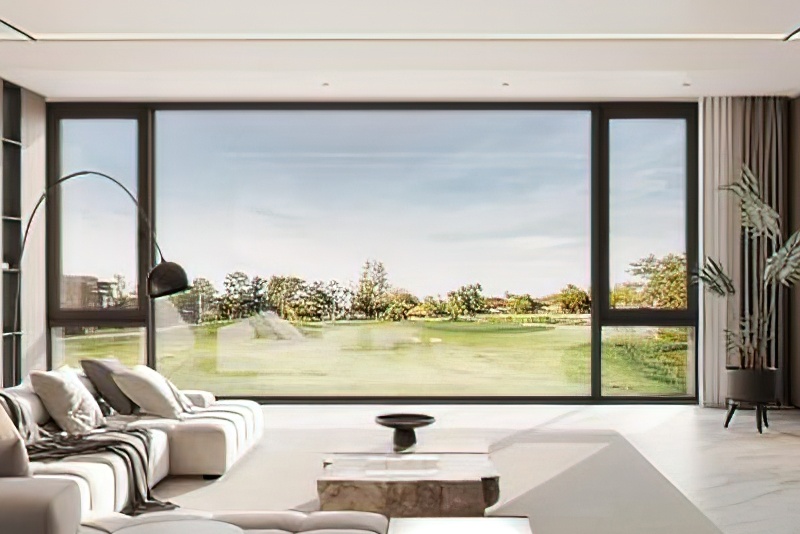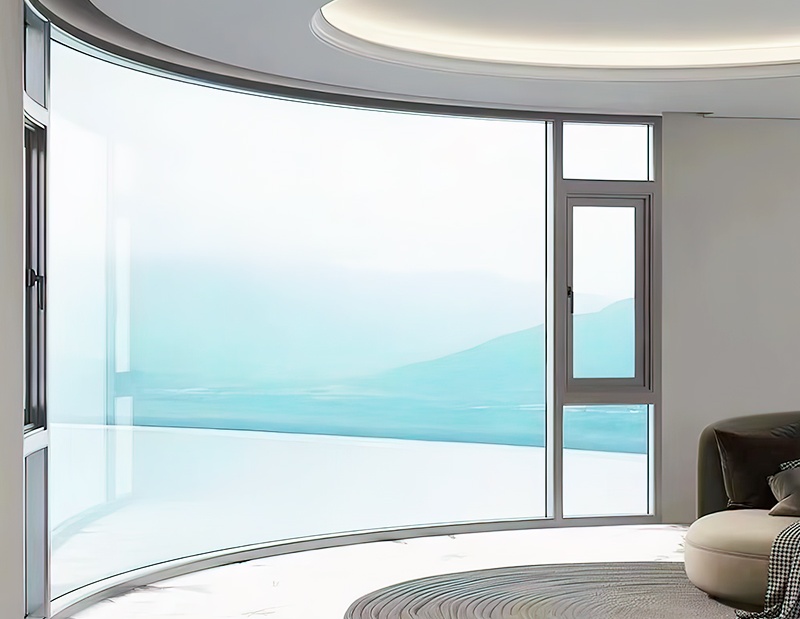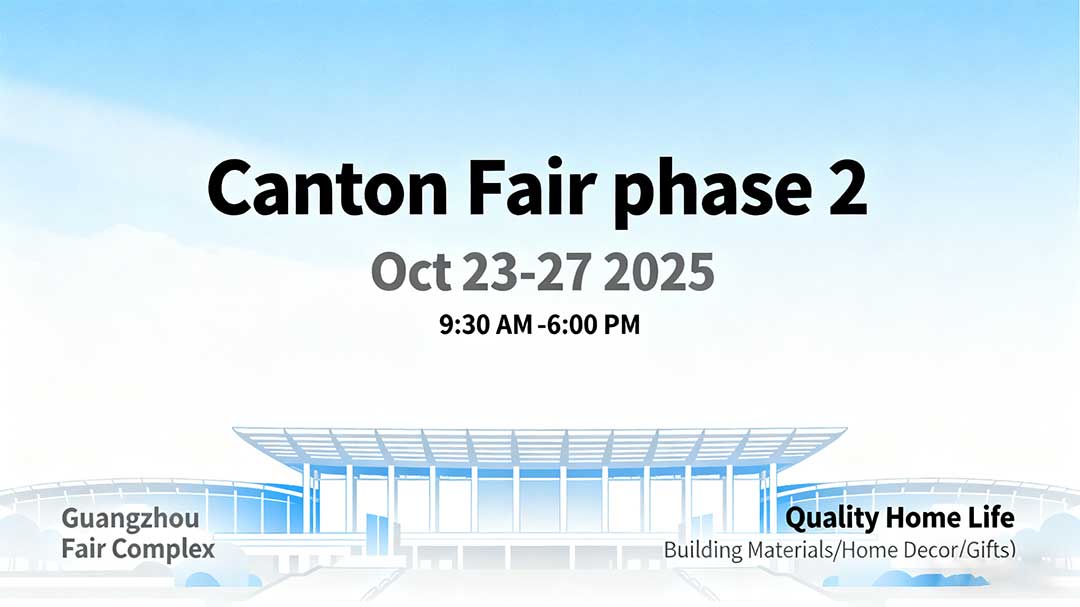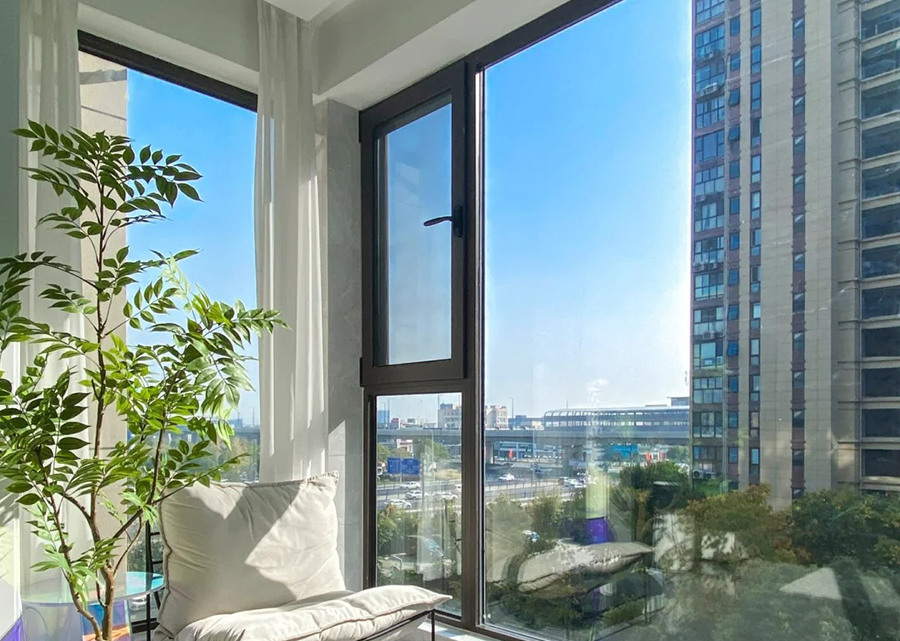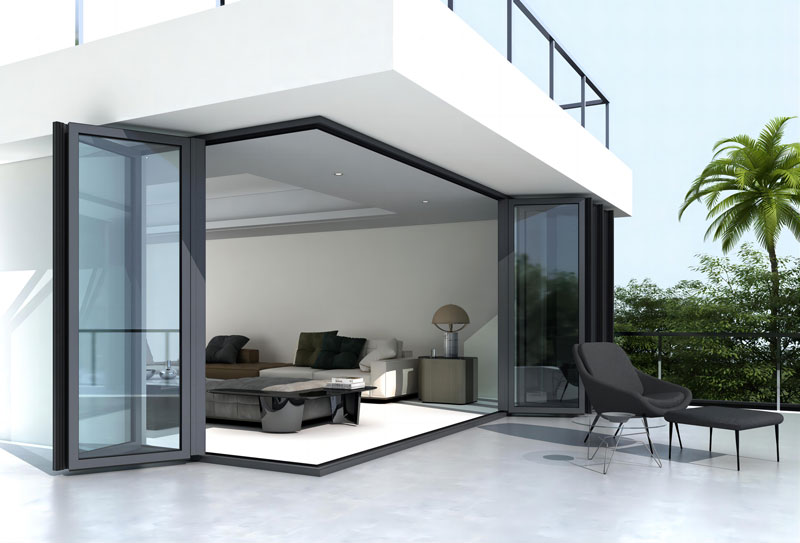Practical Awning Windows for Modern Deck Sunrooms
The selection of appropriate windows plays a decisive role in developing functional and attractive deck sunrooms. These installations substantially influence both the usability and atmosphere of the space. Awning casement windows have emerged as a preferred option for their successful integration of ventilation management, weather protection, and streamlined appearance. Their top-hinged operation, swinging outward from the base, addresses practical homeowner needs while enhancing living areas. The option of custom size awning windows accommodates specialized architectural demands, guaranteeing accurate fitting for diverse applications that optimize both visibility and air movement. This detailed review explores the practical benefits of awning windows, their most effective implementations in sunroom contexts, and sensible selection approaches, featuring trustworthy alternatives from the Kanod collection.
Why Homeowners Choose Awning Windows
Multiple practical attributes position awning windows as advantageous selections for residential implementations where performance counts.
Reliable Weather Performance and Airflow Management
The fundamental construction of awning windows permits effective ventilation control during changing weather patterns. Because they pivot outward from their upper hinge point, these units can continue operating during drizzle without water entry, sustaining steady fresh air exchange. This engineering directly supports better energy conservation in structures. Quality awning windows generally feature multiple locking points that establish secure closures when shut, reducing air leakage and assisting with indoor climate stability. Research indicates that well-sealed windows may decrease annual heating and cooling energy use by 10-15% in typical households.
Practical Security and Space Utilization
Awning windows come designed with built-in protective features. Their locking mechanisms normally incorporate sturdy designs, and given the restricted opening angles (customarily 30-45 degrees), they pose considerable difficulties for unauthorized entry. Their operational pattern offers notable space economy. Differing from sliding or casement styles that demand wall clearance, awning versions work without occupying adjacent areas. This quality renders them particularly appropriate for mounting above countertops, near furnishings, or other tight locations where conventional units might prove unsuitable.
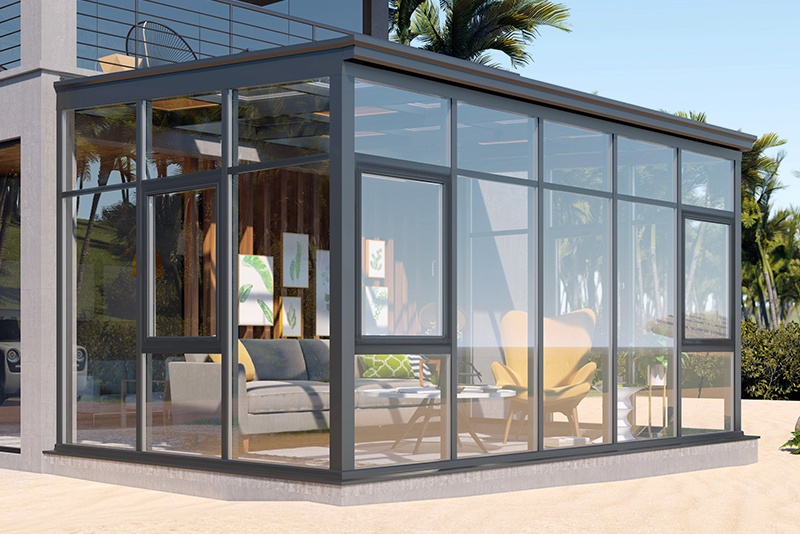
Practical Awning Windows for Modern Deck Sunrooms
Where Awning Windows Work Best
The versatile character of awning windows allows incorporation across different home areas, with specific placements offering particular value.
Enhancing Deck Sunroom Experiences
The deck sunroom constitutes perhaps the most fitting setting for awning windows. These transitional zones strive to merge indoor comfort with outdoor connection, an objective that awning windows support remarkably well. Strategic installation along upper wall areas or in organized clusters generates continuous glazing effects that bathe interiors in natural light while maintaining reliable passive ventilation. Their ability to remain operational during precipitation enables residents to preserve air movement without anxiety about sudden weather shifts affecting inside contents. For achieving unified architectural results, custom size awning windows can be exactly fabricated to suit special structural measurements in sunroom designs.
Addressing Elevated and Specialized Wall Situations
Beyond typical sunroom uses, awning windows supply intelligent answers for rooms containing raised wall sections, like vaulted living spaces or two-story foyers. Their straightforward crank operation allows manageable control even at difficult heights. Bathrooms and kitchens similarly profit from their presence, preserving needed privacy while efficiently removing moisture and household odors. This placement adaptability enables designers and residents to develop visually appealing window arrangements that upgrade building exteriors without sacrificing practical performance.
Selecting Between Window Options
Informed window choice necessitates comprehending how awning windows contrast with other common varieties available.
Awning and Sliding Window Differences
- Operation and Ventilation: Awning windows use outward-swinging crank systems, whereas sliding types move horizontally along tracks. While sliding models potentially provide larger opening dimensions, awning designs yield more directed airflow and stay usable during rain events.
- Energy Considerations: Awning windows typically achieve better sealing performance when closed compared to sliding varieties, which often develop air gaps along their tracks over time. This generally makes awning units the more energy-efficient option.
- Space and Budget: Sliding windows frequently present lower initial costs and require no exterior operating room. However, the improved insulation qualities and potential energy savings available with awning windows might represent wiser long-term investments.
Identifying the Right Match
No single window type works perfectly everywhere—only the most fitting solution for particular circumstances. If creating maximum ventilation across wide openings serves as the primary goal and sufficient operating space exists, casement windows could merit consideration. Nevertheless, for scenarios where spatial limitations apply, weather protection proves critical, or contemporary styling with enhanced energy performance is wanted, the awning casement window stands as a superior selection.
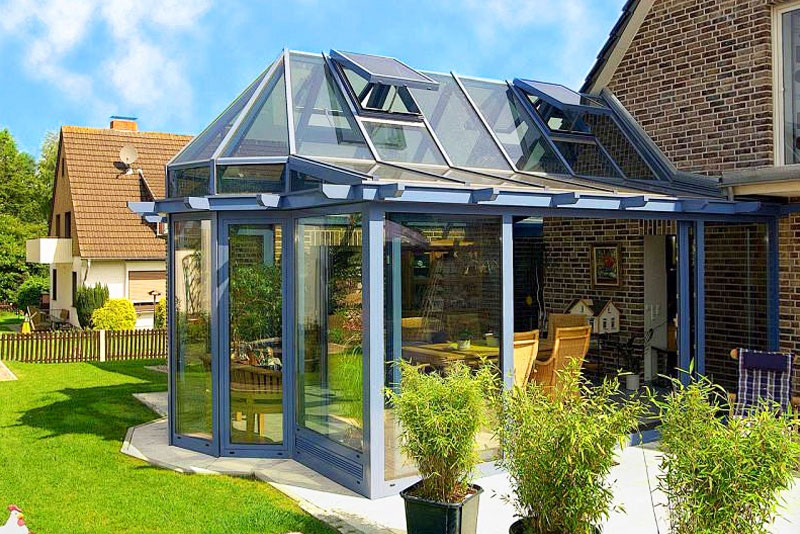
Practical Awning Windows for Modern Deck Sunrooms
Acquiring Appropriate Awning Windows
Knowledgeable purchasing decisions help ensure new windows deliver expected performance throughout their service life.
Custom Sizing Benefits
Access to custom size awning windows represents a notable benefit when investing in quality window solutions. Standard window measurements often force design compromises, while made-to-order options enable perfect compatibility with unusual openings, view enhancement through expanded glass areas, and distinctive architectural statements. Whether framing specific outdoor scenes in deck sunroom projects or matching extensive renovation scopes, custom-sized windows produce seamless, professional outcomes that mass-produced products cannot achieve.
Material and Installation Factors
Window frame materials directly affect longevity, maintenance needs, and visual qualities. Prospective buyers should assess options combining low-exterior upkeep (like fiberglass cladding) with interior aesthetic appeal. Expert installation remains completely essential—even premium windows will underperform if incorrectly fitted. Qualified technicians ensure proper flashing integration with building moisture barriers, preventing water intrusion and securing optimal energy performance. Examining product ranges from established makers like Kanod yields access to dependable, visually pleasing solutions for residential undertakings.
In practical terms, awning casement windows offer sophisticated, highly functional answers for current homes, especially when creating welcoming, comfortable deck sunroom settings. Their strengths in weather resistance, security, and energy conservation combine successfully with the design flexibility provided by custom size awning windows. Through thoughtful needs assessment and quality emphasis, homeowners can identify optimal window solutions that enhance living environments for years ahead. The Kanod selection presents multiple arrangements appropriate for these uses, balancing performance needs with style preferences.



